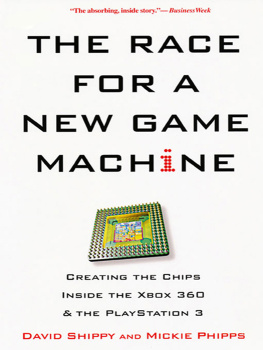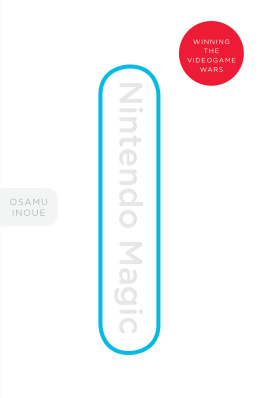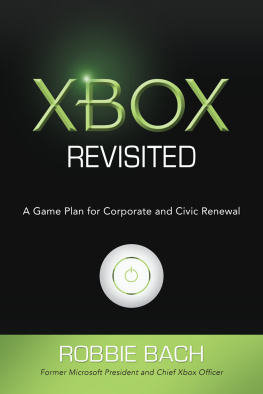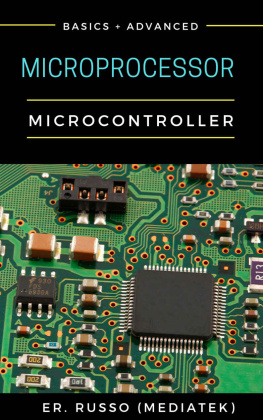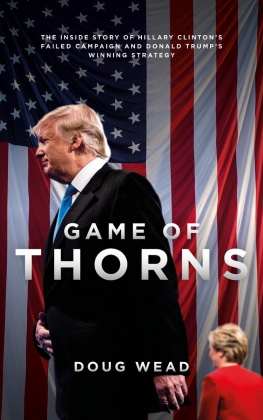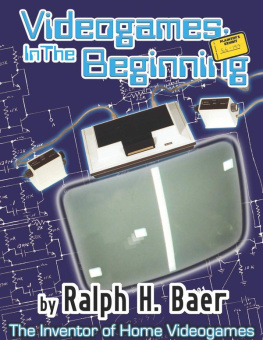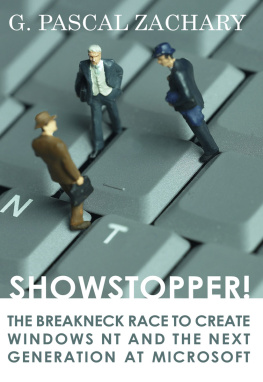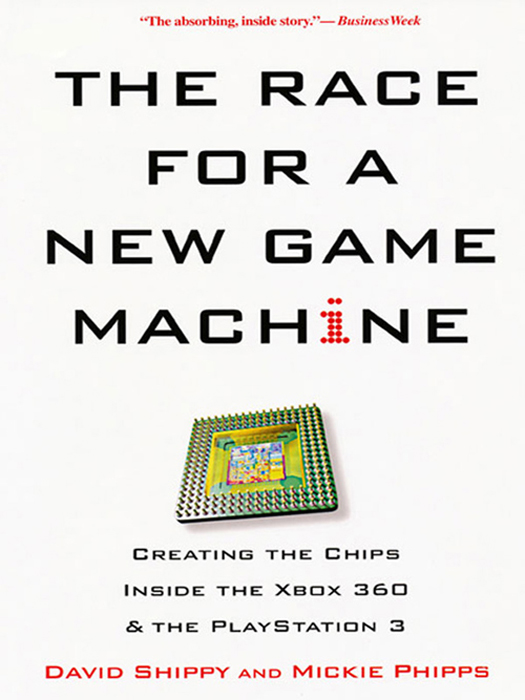I love you more than words can express.
You are my joy and inspiration.
D.S.
until there is no more.
M.P.
I NTRODUCTION
Many years ago, I read a thrilling true story about Tom West and his band of adventurous engineers, the men and women from Data General who invented a new minicomputer. Tracy Kidder chronicled their arduous journey in his 1981 Pulitzer Prizewinning national bestseller, The Soul of a New Machine. He inspired me with his fascinating saga of the people and their machines that revolutionized the world. A typical rebellious teenager at that time, I was still contemplating a possible future as an astronaut, an Indiana Jones clone, a basketball superstar, or a professional surfer, but Kidder gave me a glimpse of a different world. As I read about the rebellious Tom West, I suddenly saw through the eerie and frightening scientific mumbo-jumbo, and I could think of nothing I wanted more than to be a part of that emerging high-tech world.
Weve come a long way from the time of Kidders tale, and the computer he described is a prehistoric relic compared to the chips that give life to todays PCs, laptops, and game consoles. Now CEOs, grandmothers, farmers, teenagers, and people from every walk of life, demographic niche, and geographic region are computer-savvy. Attention spans are short, and expectations for the next latest-and-greatest product are high. When a kid drops $59.95 at Circuit City on Microsofts Halo 3 interactive shoot-em-up and launches the game on an Xbox 360, more is demanded from this game console than has ever been demanded from any other game machine. When the player swings the joystick and levels a weapon at a charging alien beast, then presses the button and showers it with lead, splattering it straight back to hell, the quality of the experience depends less on the fancy code written by the people at Microsoft than on the processor brains in the chip inside the box.
Anyone who dares to look under the hood of that game console will find my fingerprints, for I am one of the computer neurosurgeons who infused the spark of life into that brain. From 2001 to 2005, I joined my friends from IBM, Sony, and Toshiba to form a partnership, a melting pot of the best chip-making talent in the business who revolutionized the home entertainment industry. We enlisted the smartest IBM chip veterans from Texas, New York, North Carolina, Minnesota, and also Germany, beefed up that team with young hotshot grads from top universities like Duke and Purdue, and then added the best PlayStation 2 engineers from Sony and Toshiba. We were hot, and we pushed the leading edge of technology further than anybody dared to hope. We designed the fastest microprocessors in the world, the brains of both the Microsoft Xbox 360 and the Sony PlayStation 3.
Microsoft and Sony dreamed of far more than just another game machine. Separately, they devised competitive plans to take over not only the game market but also the entire home-computing environment, replacing every households PC with a machine based on a new game chip. These revolutionary chips have all the capabilities of a personal computer or a notebook computer, with the turbo-boosted supercomputer power made possible by our microprocessor technology. The next step in their grand scheme was to power broadband home servers, high-definition televisions, and handheld devices. As a veteran IBMer, I was extremely fortunate to be on this multicorporate team that introduced a major paradigm shift in home computing, the kind that only comes around once every twenty years or so.
While this is an amazing true story of high-tech innovation in a complex business environment, it is primarily a story of the extraordinary individual heroesthe microprocessor design engineerswho delivered the fastest microprocessor in the industry in record time. We worked hard, we played hard. Behind the scenes, the corporate intrigue that swirled around the development of these chips was so startling it was almost unbelievable. Through a series of secretive business deals and design decisions, my diverse multicorporate team ended up designing a single common microprocessor core that became the heart and soul of both game machines. The Sony and Toshiba employees who lived, worked, and played side by side with my IBM team ultimately participated in the design of the microprocessor core that now powers not only the Sony PlayStation 3 but also their archrivals machine, the Microsoft Xbox 360.
We dumped a few hundred highly skilled engineers into this secretive, complex work environment and the result was sometimes fun, often intense, and always challenging. Against all odds, in spite of significant trials and risks, this team achieved record-breaking success. They did it through strength of commitment, technical prowess, and effective leadership. Here are some of the key leadership principles highlighted in the story.
Inspire a bold vision. Combine a deep and abiding passion with a vivid imagination and extraordinary expertise, and you have the makings of a visionary. There were more than one such rare individuals on this project, and it was their grand dream of challenge and glory that enticed our team to work harder than ever. We were energized by a future lined with possibilities never before imagined.
Build a team for success. Through these pages, youll meet a highly diverse team of talented engineers who devoted a big chunk of their lives to creating the chips for the Xbox 360 and PlayStation 3 game consoles. It was not chance or coincidence that brought this phenomenal group together. It took a concerted effort of managers and technical leaders who understood that assembling the team was only the beginning. We gave constant attention to the mix of skills and personalities, tweaking assignments, building proficiency, and shuffling people to optimize performance. It took absolute focus and die-hard persistence.
Know your competition and do your homework. Each player in this sagaSony, Toshiba, IBM, and Microsofthad a different race to run, a different set of rivals to beat. The strengths and accomplishments of the competition helped shape our project goals. Even at a personal level, this axiom applied.
Inspire innovation. We couldnt reach those lofty chip design goals without flying there on the wings of invention. No one had ever done the things we set out to do and, contrary to popular belief, creative juices dont just flow from a spigot with an on/off knob. Inspiration comes from the challenge of solving problems. You have to coax novel ideas into the light, then carefully dissect and analyze them. It takes a coach with finesse and expertise, and an inventor with thick skin.
Work hard, play hard, celebrate success. Chip design is exhausting, intense, complicated work, and we couldnt survive it without a way to reenergize. Our playtime reinforced the interpersonal relationships, those priceless intangibles that made us want to come to work every day. Our celebrations put a spotlight on our accomplishments and helped us recognize real progress. It made us feel like winners.

